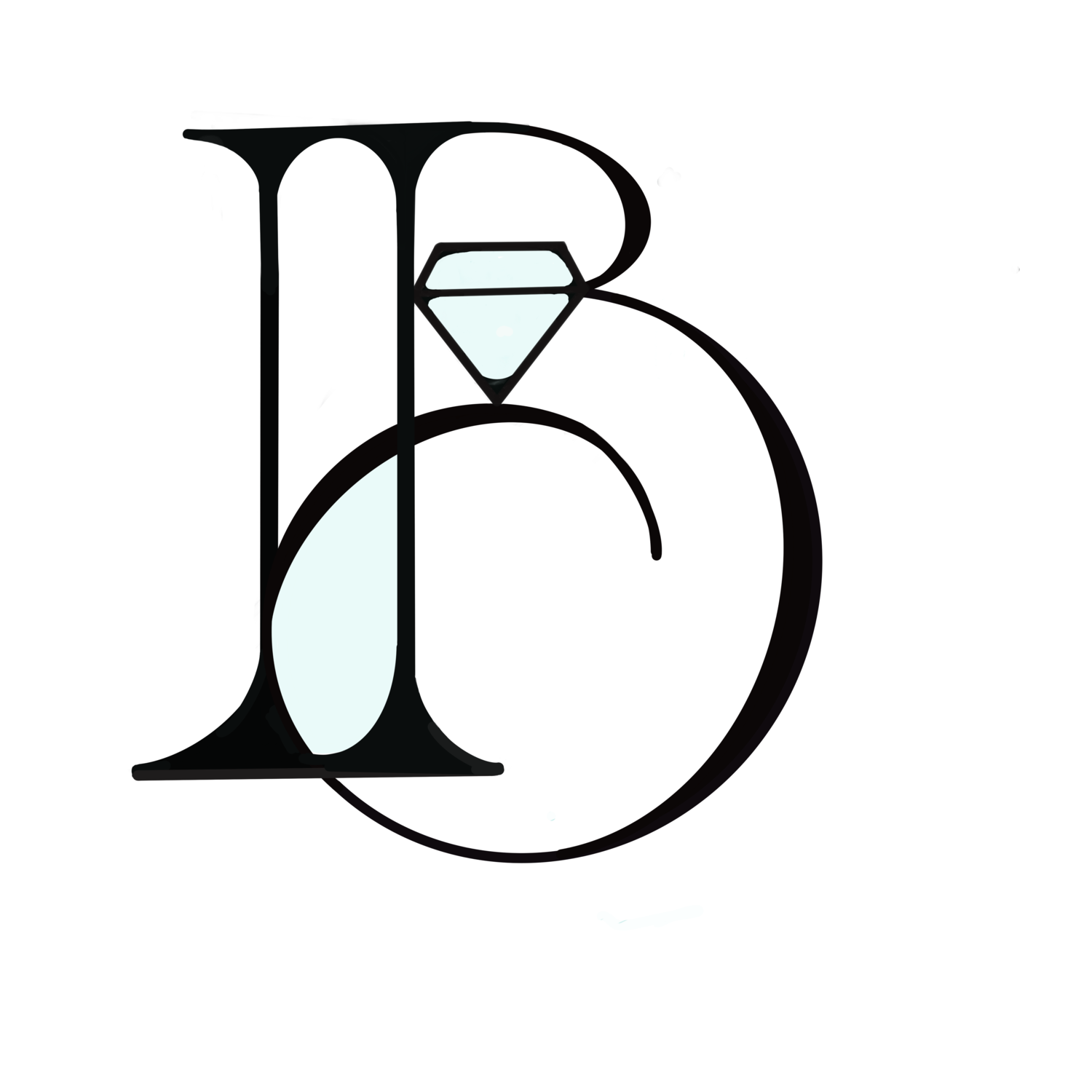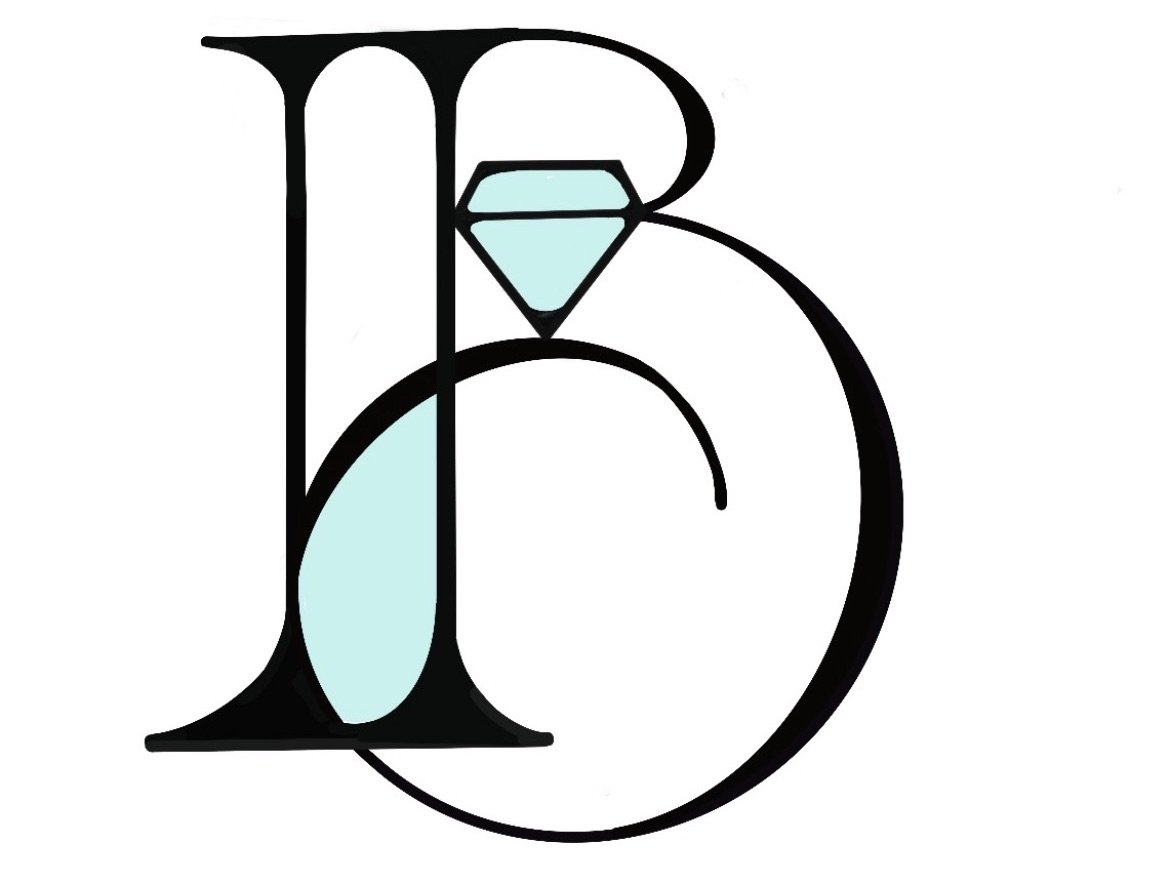The 4c’s
The 4C’s are a starting point for referring to the basics of diamond categorization.
CUT - This is commonly known as the shape. Cut is the standard category in the original “4 C’s” that refers to the shape of the diamond. Trends are always changing and every shape is beautiful in its own right. This is completely subjective and a matter of personal preference. The high demand for shapes other than round brilliant cuts are currently for ovals, emerald cuts, cushions, rectangular radiants, Asscher cuts and princess cuts.
CLARITY - Where the clarity comes into play most immediately is determining if any inclusions or imperfections (various natural internal remnants from the formation of the diamond crystal) are visible to the naked eye. There are multiple categories, using GIA (Gemological Institue of America)’s grading system, which range from flawless (Fl-IF) to very, very slight imperfection (VVS1-VVS2) to very slight (VS1-VS2) then slight (SI1-SI2) and finally imperfect (I1-I3). It’s interesting because there are exceptions within every category from VS1-I2. Believe it or not, I have been able to see a VS1 inclusion with my naked eye - which should be physically impossible - because it was a tiny black carbon spot in the center of a very high (E) color diamond. As in real estate, location is everything when it comes to acceptable versus rejection quality in my book. Surprisingly, I have also seen quite a few SI2’s and even I1’s that are 100% clean to the naked eye with imperfections magically located on the bottom of the diamonds and/or near the outer circumference (the girdle). When these rare finds are that well situated inside the diamond, once it is set, it’s almost impossible to find them - even under magnification!! Since diamonds are as unique as people (a lot like how snowflakes are all different at a microscopic level), some will naturally appeal to us while others are just not “right” even within the same clarity grade. The GIA is super objective, using very specific guidelines to grade clarity regardless of the location of the inclusions inside the stone. That’s why a much better SI1, for instance, can cost about as much as an inferior VS2 in some cases. It defies logic until you start comparing them individually. This is even more common between VS1 and VS2. These variations in clarity have a very strong impact on pricing and usually, they are justified. Let’s face it, “You get what you pay for!”
COLOR - Also important to determining the right stone for your loved one is the color of the diamond. Color is graded from D-F (colorless) G-J (near colorless) and K-Z with the color going towards yellow or brown as you go further down the alphabet. Once you get to the XYZ range, you begin to see a fair amount of yellow (in most cases). Beyond the clear to yellow (or light brown) range, there are the fancy color categories. (Please refer to my article on fancy colored diamonds for more on these!) For the more traditional engagement ring diamonds, you can never go wrong with colorless (D-F color, if budget allows). And, I am quite comfortable recommending G-I colors as well because these, near colorless diamonds perform beautifully when mounted in platinum or white gold. If you seek yellow gold or rose gold or some of the funkier, colored gold options that are now available, even J and K colors still will stand out as very white in contrast to the color of the surrounding metal. One other thing to consider is that round diamonds reflect color away from the diamond more than any other shape so I usually recommend going one grade higher than these recommendations with any of the fancy (non-round) shapes. The fancy shapes, which are also spectacular and generally less traditional than rounds, tend to pull a little bit of color into the material.
CARAT WEIGHT - Finally, the weight of the diamond (in carats) determines the price for its shape, color and clarity. Prices are incremental and are based on the size category the diamond falls into. That per carat price is almost always discounted - because of my wholesome status as a diamond dealer - and then multiplied by the exact weight of the diamond.
Think of the 4C’s as the Gui - it is the front end of the jewelry world. There is a language that jewelers have that is overlapping with this retail knowledge that references the next level of understanding the quality of a diamond.

